How does the M1A stack up against the AR-10? That’s the question veteran gun writer Dr. Will Dabbs set out to explore in today’s article. He looks at the Springfield Armory M1A and the SAINT Victor AR-10 to find the strengths of each, and if one is better suited for specific situations. The rifles in this article were provided by the company to the author for use in this article.
Fords and Chevys, blondes versus brunettes, paper or plastic…life is all about choices. These decisions are what define us — make us who we are. This manifests in countless little ways.
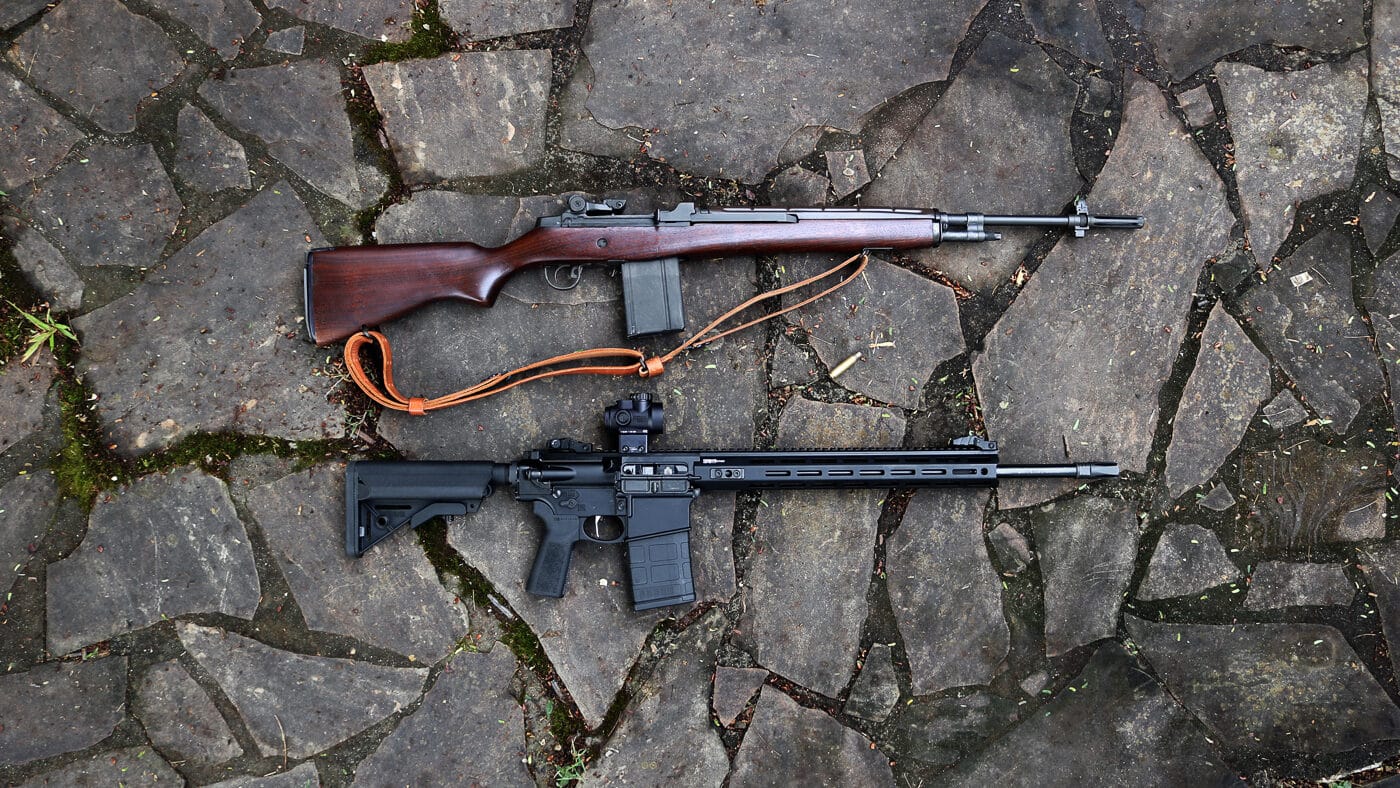
In 2023, we Americans spent half a trillion dollars on clothing and footwear. That’s about $1,500 for every man, woman, and child in the United States. Were we being totally honest, all we really need is a generous burlap sack with a few strategically placed holes. However, the nuanced details of fabric, cut, and hue are what make us distinctive. Americans are legitimately addicted to stuff like that.
This same curious drive to define ourselves uniquely suffuses our tactical firearms as well. If the mission is to turn .308 ammunition into noise, there are multiple good ways to do that. Springfield Armory has built a thriving business around just such stuff.
The Players
Both the AR-10 and the M14 are about the same age. The M14 arose from the T44 prototypes that competed in 1953 against the Belgian FN FAL in the U.S. Army Infantry Board rifle trials. The T44 was type-classified as the M14 in 1957. The M14 was an evolutionary development of the esteemed M1 Garand.
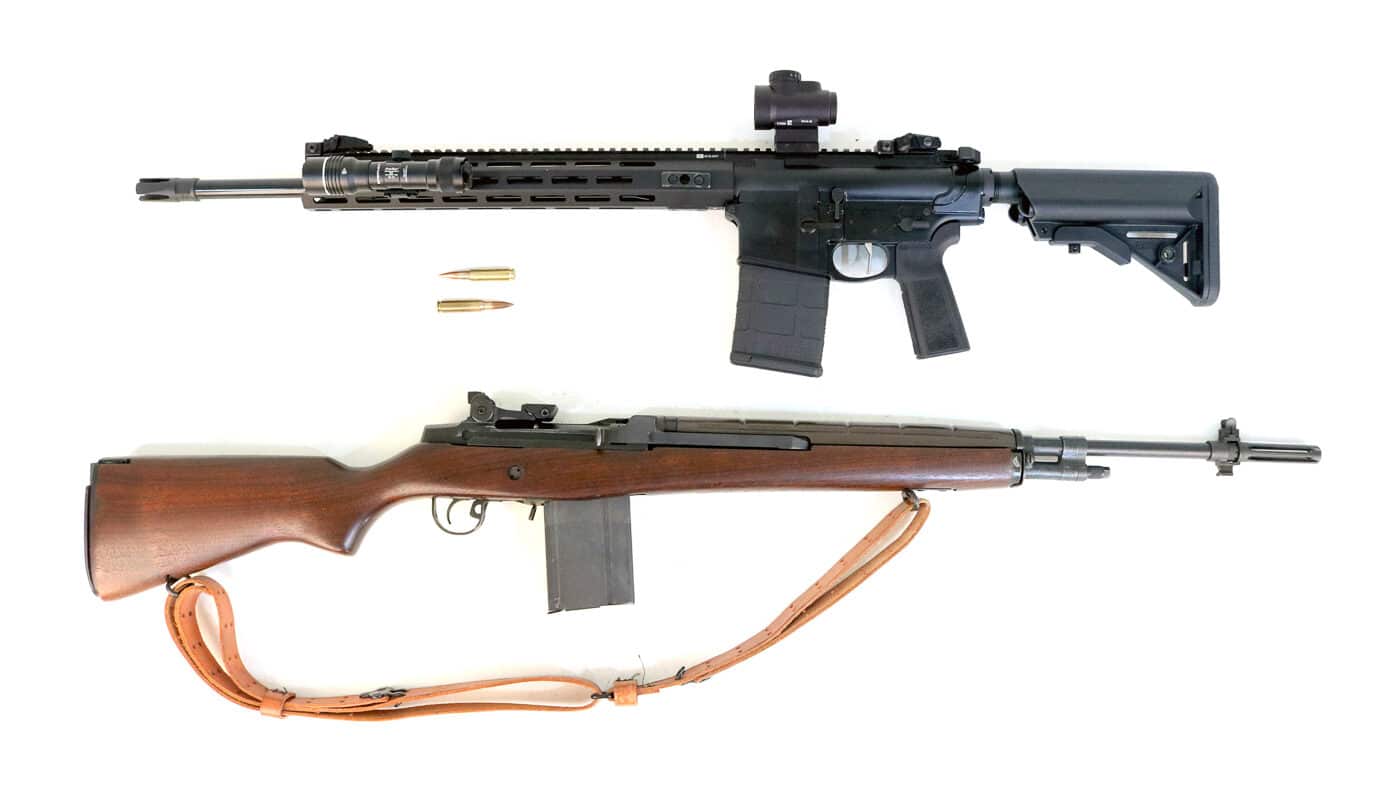
The M1 rifle was indeed a great gun, but it wasn’t all that it could be. A groundbreaking design back in 1936 when it was introduced, the M1 took U.S. forces all the way through the Second World War. Ours was the only major military armed almost exclusively with autoloading rifles. However, the rugged action was fed by an eight-round en bloc clip that was both cumbersome and awkward. The M14 fixed that.

The M14 rifle was chambered for the 7.62x51mm NATO round, itself some 12 mm shorter than the .30-06 it replaced. It was also fed by a detachable 20-round steel box magazine. The action was tweaked here and there, but the beating heart of the M14 was the same vital organ that drove the M1 Garand. The M14 subsequently captured the hearts of American shooters.
By contrast, the AR-10 was an entirely fresh new design. Developed by gun-designing visionary Eugene Stoner and a few others back around the same time the M14 was spooling up, the AR-10 reflected the radical application of WWII-era aviation materials science. The receivers were aircraft-grade aluminum, and the furniture was formed from phenolic polymer. The end result drove a revolution in modern small arms.
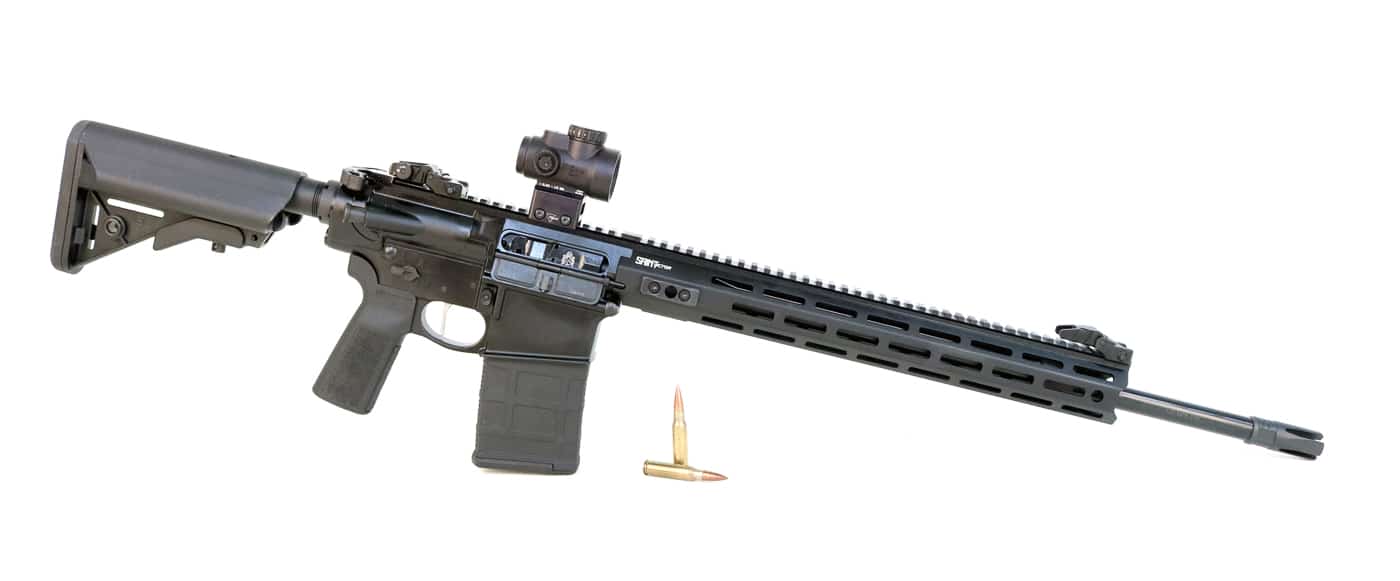
That first AR-10 was almost ready in time to compete in those 1950s-era Infantry rifle trials. However, the technology was in its infancy, and these early guns were not quite ready for prime time. The 7.62 NATO AR-10 morphed into the AR-15 that eventually begat the superlative Springfield Armory SAINT rifles that can be found in abundance in American gun shops today.
M1A Particulars
The Springfield Armory M1A was first introduced in 1974. Over more than half a century, Springfield Armory M1A rifles have dominated matches, provided countless hours of recreation on the range, bagged game, and effectively secured American homes and farms. Springfield Armory now offers the M1A in everything from a straight service rifle configuration up through a compact CQB (Close Quarters Battle) beast.
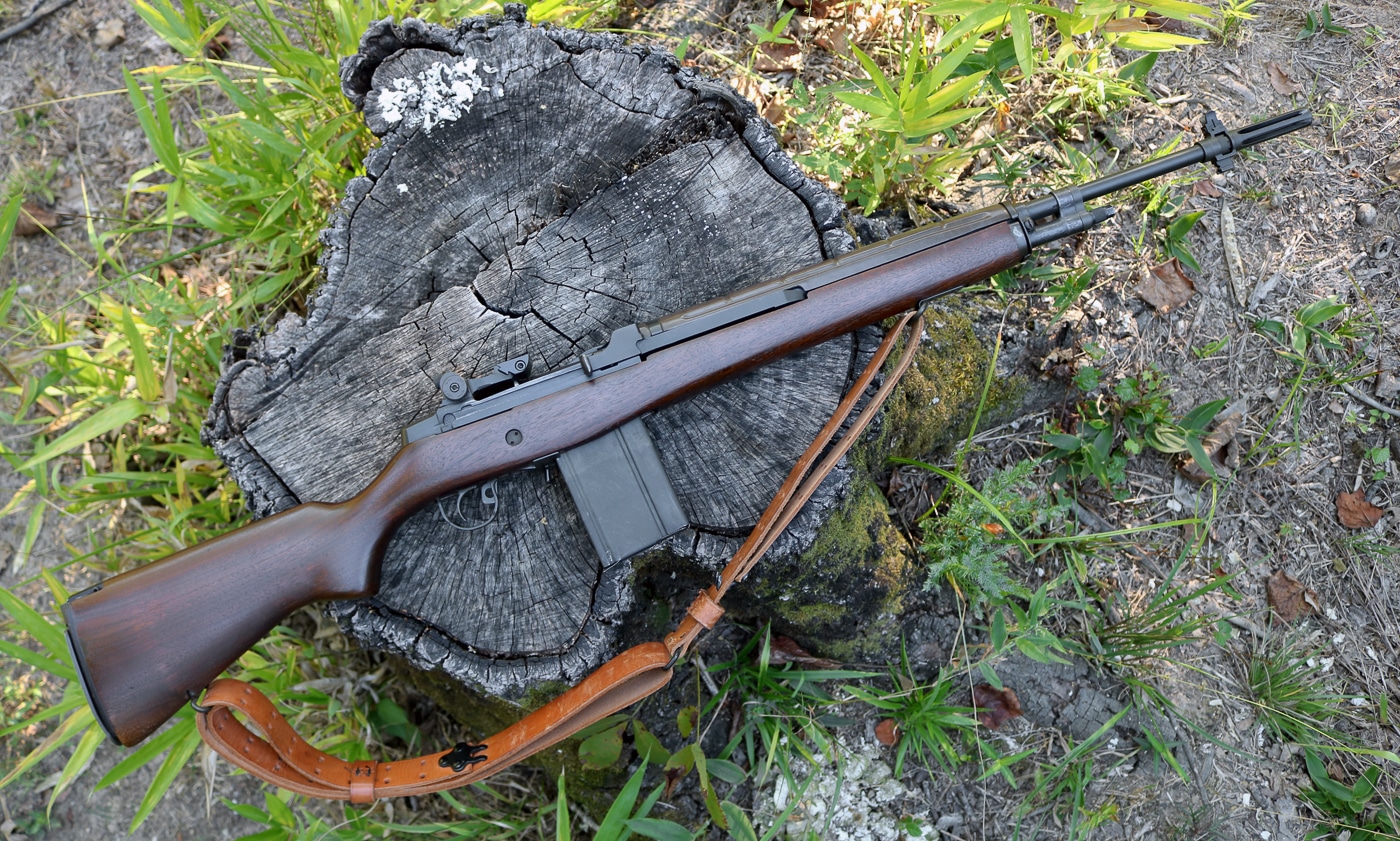
I bought my M1A back in 1988. It was and is rugged, accurate, and elegant all in equal measure. Modern versions are, if anything, even better. The bolt handle reciprocates with the action so you can manhandle it in the unlikely event of a stoppage. Magazines need to be hooked in front and rocked into place. The safety is a handy midline steel tab located in the front part of the trigger guard. The bolt locks back on the last round fired.
The mechanical sights on the M1A are arguably the finest mankind can contrive. The rear sight is readily adjustable for both windage and elevation without tools. A trained marksman can easily make range adjustments on the fly. The forward sight is a rugged post generously protected by steel wings. Fitting an optical sight involves screwing a detachable mount into the left side of the receiver. Naturally, Springfield Armory can hook you up with that.

The M1A fits the human form like a broken-in pair of combat boots. The stock drop perfectly interfaces with the human animal and provides a tangible connection to military riflemen that spans centuries. The trigger is both positive and predictable, lending itself to precision riflery. Despite being the better part of four feet long, the M1A nonetheless maneuvers quickly and reliably brings the pain out to great distances. The mystical combination of Parkerized steel and dark stained walnut reliably stirs the soul.
SAINT 7.62 Details
It’s tough to get your mind around just how prescient Gene Stoner and his buddies were when they first bodged the AR-10 up. Try as we may, the flower of modern engineering prowess cannot seem to come up with anything better even having had seven decades to work on it. The synergistic melding of pistol grip, safety, magazine release, and bolt catch appear to be legitimately perfect. The Springfield Armory SAINT Victor 7.62 brings all of that incomparable human engineering into the Information Age.
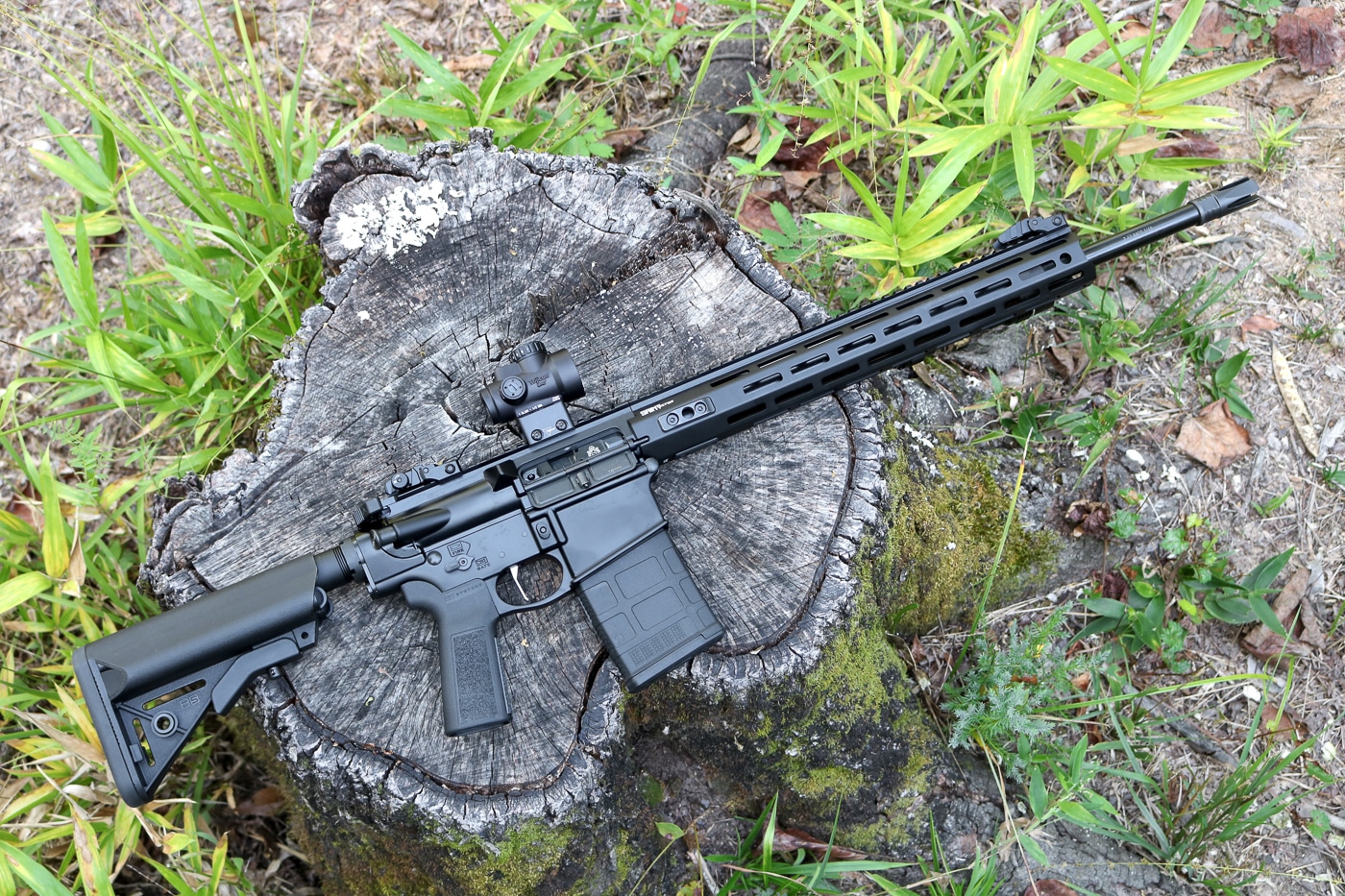
The SAINT Victor 7.62 comes standard with a nickel boron-coated flat trigger, either a 16” or 20” lightweight barrel, and a set of superb detachable flip-up iron sights.
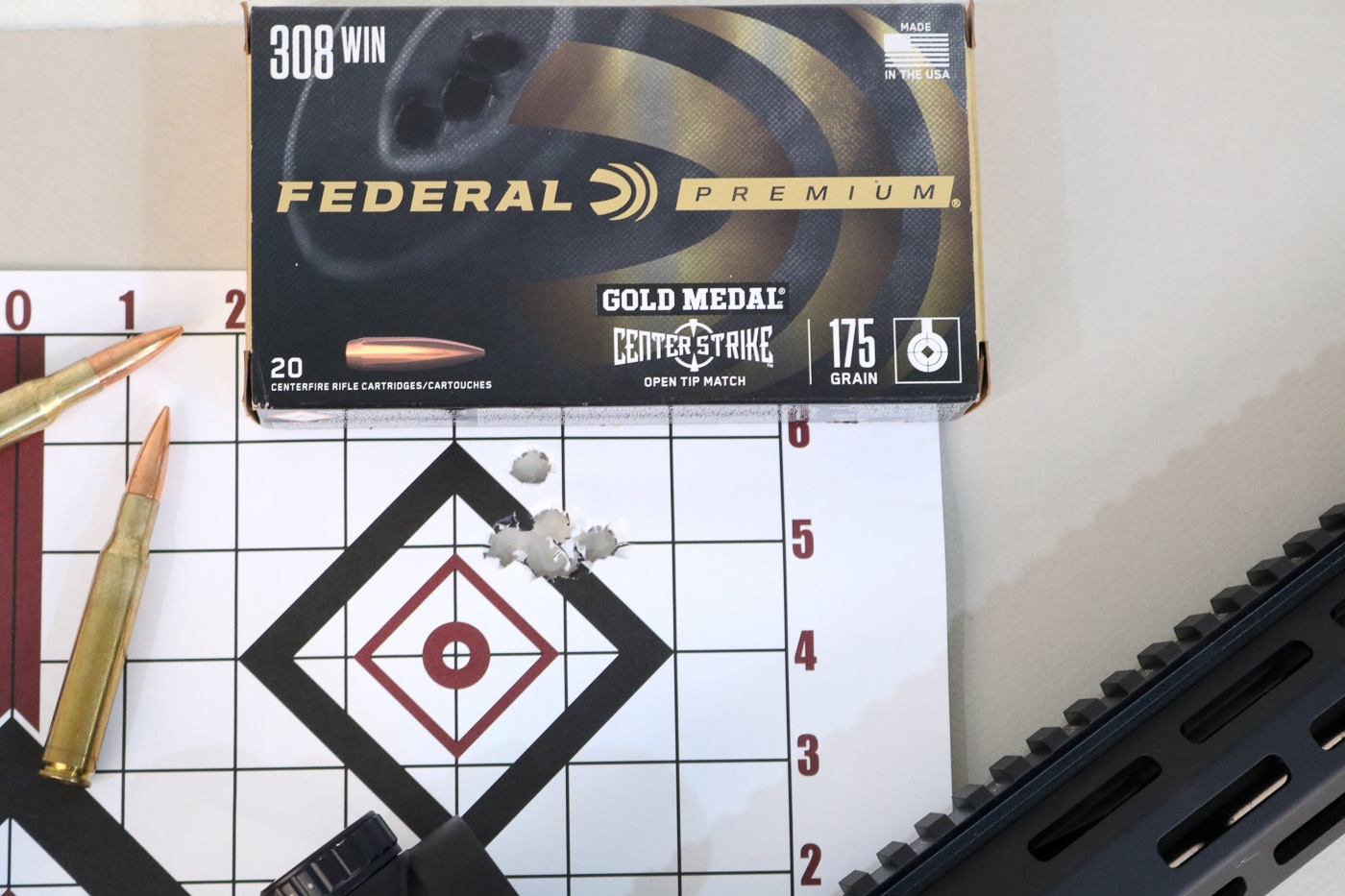
B5 Systems provides the furniture, and the 9310 steel bolt is Magnetic Particle Inspected. The critical steel bits are Melonite-coated for insanely long life and exceptional wear resistance.
There is ample room up top for any conceivable optic, and accessories are a drop-in fit thanks to scads of M-Lok real estate. A Radian Raptor-LT ambidextrous charging handle is as good as mankind can contrive. The bilateral safety rotates through 45 degrees rather than 90. If you haven’t tasted that yet, you’ll like it.
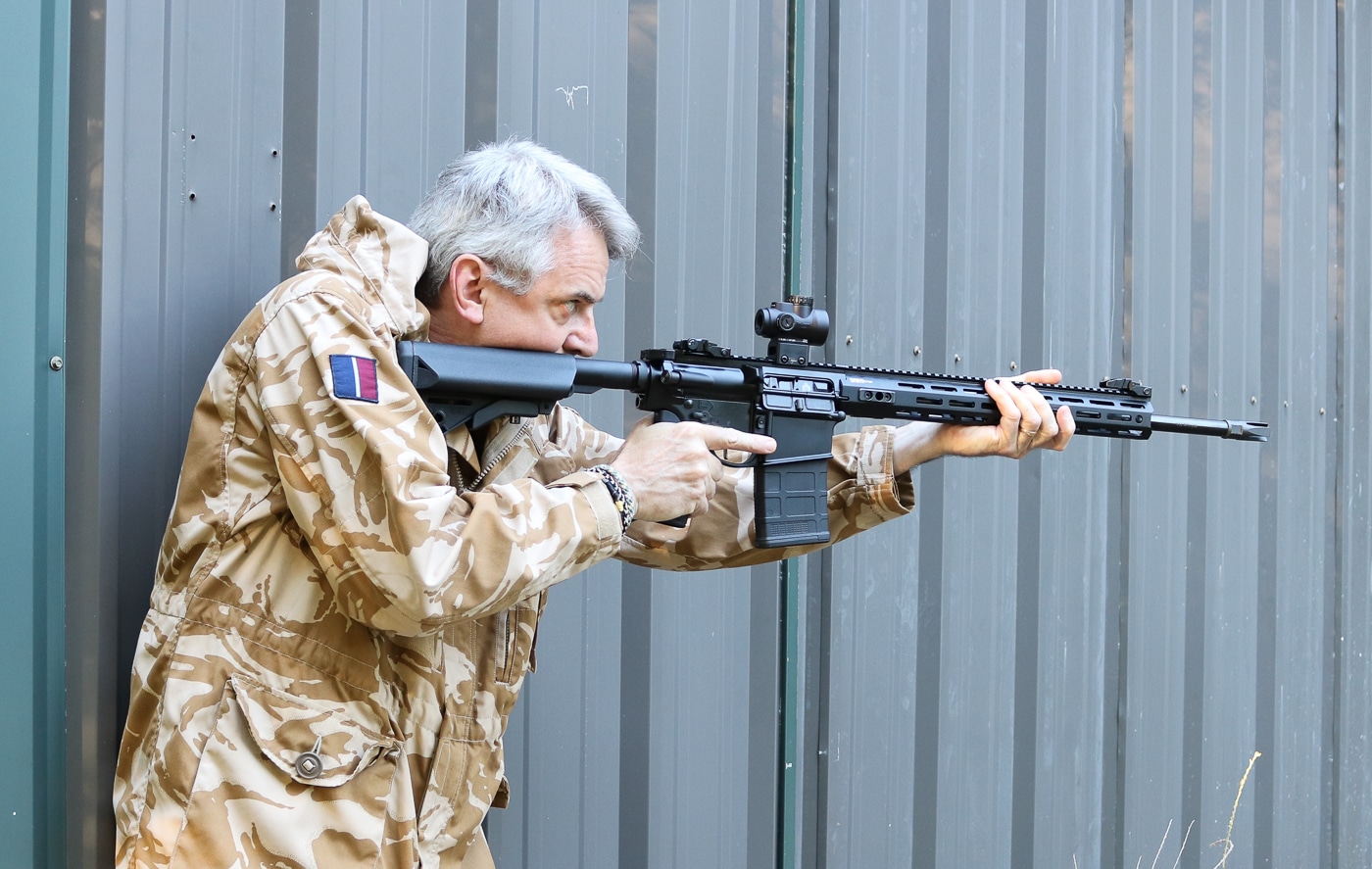
There is a reason every decent modern semi-auto rifle in the world apes the basic layout of the AR-10. Nothing is more efficient, faster, or easier to use. The bolt locks to the rear on the last round fired, and empty mags drop away cleanly. Magazine changes set the standard for everything else.
Ruminations
So, which rifle design is best? Well, for me, they both are. If the basic mission is throwing .308 bullets downrange, both the M1A and the SAINT Victor 7.62 are two different routes to a common destination. It’s easier to mount accessories and a suppressor on an AR-10, but the M1A looks like it stepped out of a classic war movie. Modern versus retro is a serious thing these days. Pick your poison.
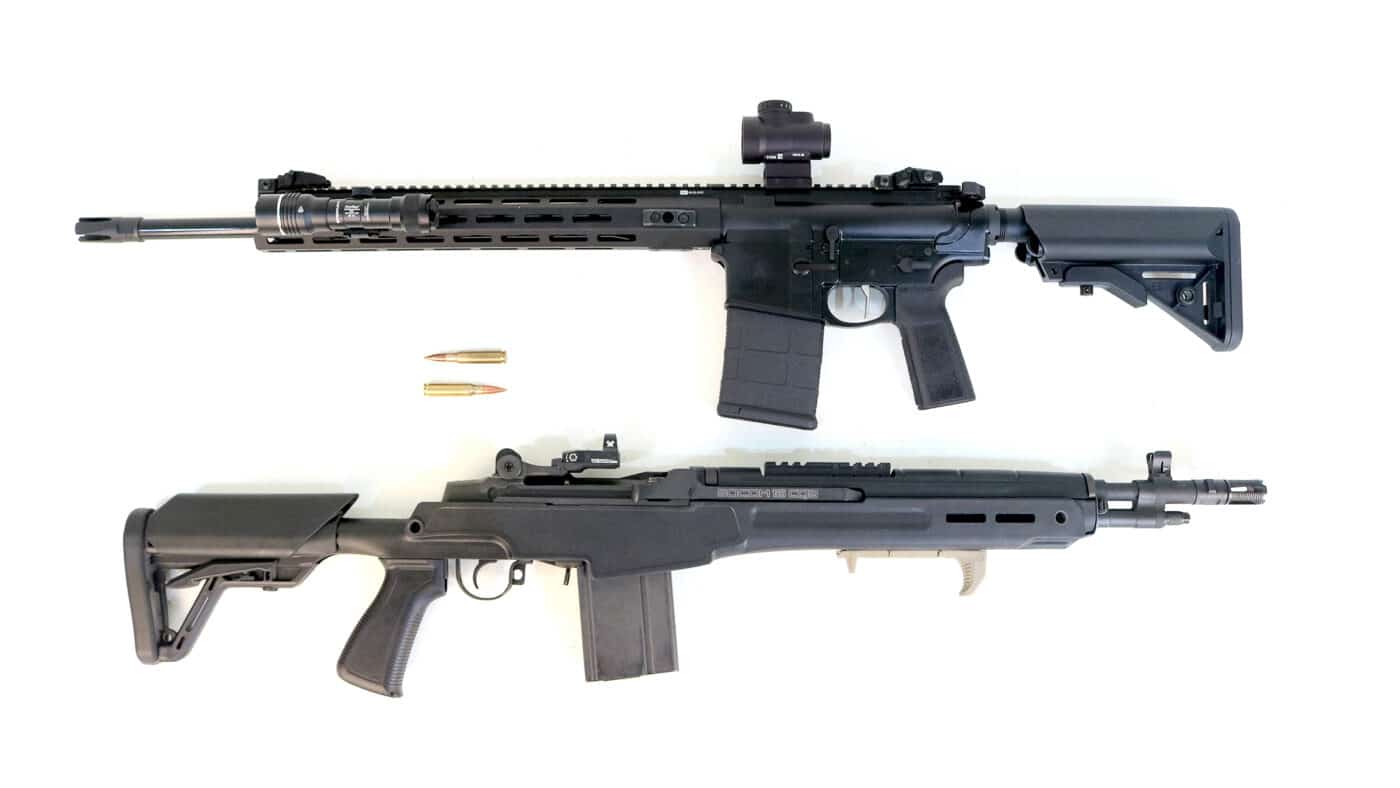
I have had the privilege of serving as temporary custodian of both a beautifully restored 1972 Fastback Mustang and a late-model Corvette Stingray. Both cars would get you to Kroger and back to pick up a gallon of milk. They would each turn heads for entirely different reasons. I loved both cars for what they were. I lament having had to pass them on to some other deserving souls. These two magnificent rifles are analogous.
The M1A just drips with retro cred. The action is unkillable, and the gun works as efficiently and effectively now as it did 70 years ago when they thought it up. Running the M1A is the nostalgia play.
The SAINT Victor 7.62 benefits from decades of mechanical evolution in materials science. As a result, this gun is somewhat lighter and, I suppose, technically more environmentally resistant. It looks a bit like a Star Wars blaster.
If you’re in the market for a serious big bore shooter, you won’t go wrong with either option. Nothing we might ever experience as civilian riflemen will stress these weapons, and they will still be running hard and true when your grandkids’ kids come of age. At the end of the day, it all boils down to personal reference — retro versus cutting edge. Pure range power awaits at the end of either path.